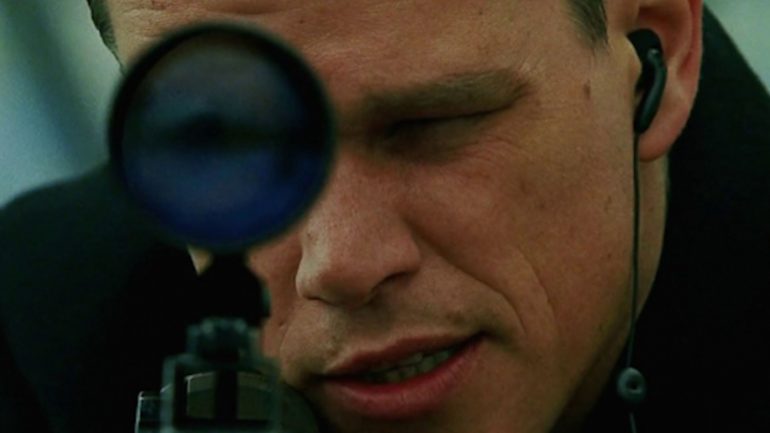When writing action scenes for a movie, stage directions in the screenplay must be articulated by the author without being overwhelming or dull. Whilst specific details of action sequences are vital, these need to be balanced with a strong storyline so they are part of the narrative so that what comes before and after the action is seamless in terms of character development, issue of conflict and overall storytelling.
Example of good action scenes
Popular actions scenes in the movies often take place in a casino where there is a combination of Hollywood glamour and inherent drama the moments where vast sums could be won or lost. The action scenes in the James Bond movie Diamonds Are Forever not only show roulette and craps etiquette in stylish drama at the craps table, where Bond wins not only USD65,000 but also the attention of Bond Girl Plenty O’Toole.
Start with the script
A well-written action scene can take a good screenplay and make it great. Good action scenes fit logically into the story whereas those that are simply fixed moments around which the plot evolves make for less convincing, even bad scenes. The best action scenes are part of the narrative that drives the story forward, aligns with the main character’s motivations and keeps the flow of development both before and after the scene itself.
Whilst all action scenes are scripted, giving some choreography for directors and actors to follow, there should not be too much precise detail so that there is little distraction from the character and story. Scripts written from a first-person perspective provide a much more intuitive feel for an action scene and a deeper engagement from the audience.
Cutting corners turn good scripts into bad action scenes
However good a screenplay, if a director chooses to cut corners in the filming, this can create a poor action scene. One way to turn an action scene bad is the use of shaky camera, a technique made popular in the Bourne Trilogy series starring Matt Damon. Here, the directors used the shaky camera technique to cover an inexperienced fighter and a stunt double to save the production company time and money, but lack of attention to choreography and a wish to hide mistakes can disrupt the enjoyment of a movie.
Many action scenes are also considered to be bad if there are too many cuts which cause scene changes that are too fast and some are so bad they either make no sense or cause a headache. Scenes without cuts and where the camera is steady means the viewer can clearly see the action and in fight scenes in particular, it is clear where the hits land. Cuts are not always bad, done properly when there is a pause in the action, they are hardly noticeable and good directors keep cuts to a minimum.
Unrealistic fights in movies
One of the most common complaints about action movies is that fights are unrealistic. There are several reasons for this. The main one is that a real fight does not look good on a screen because actions are small, there are pauses before a sudden action or there is so much happening that it is difficult to film. This means that actors, directors and stunt doubles have to choreograph fights and many do not know how to do so safely or have the time to train. With many in the audience unaware of how to fight, many filmmakers hope they do not spot any errors.






